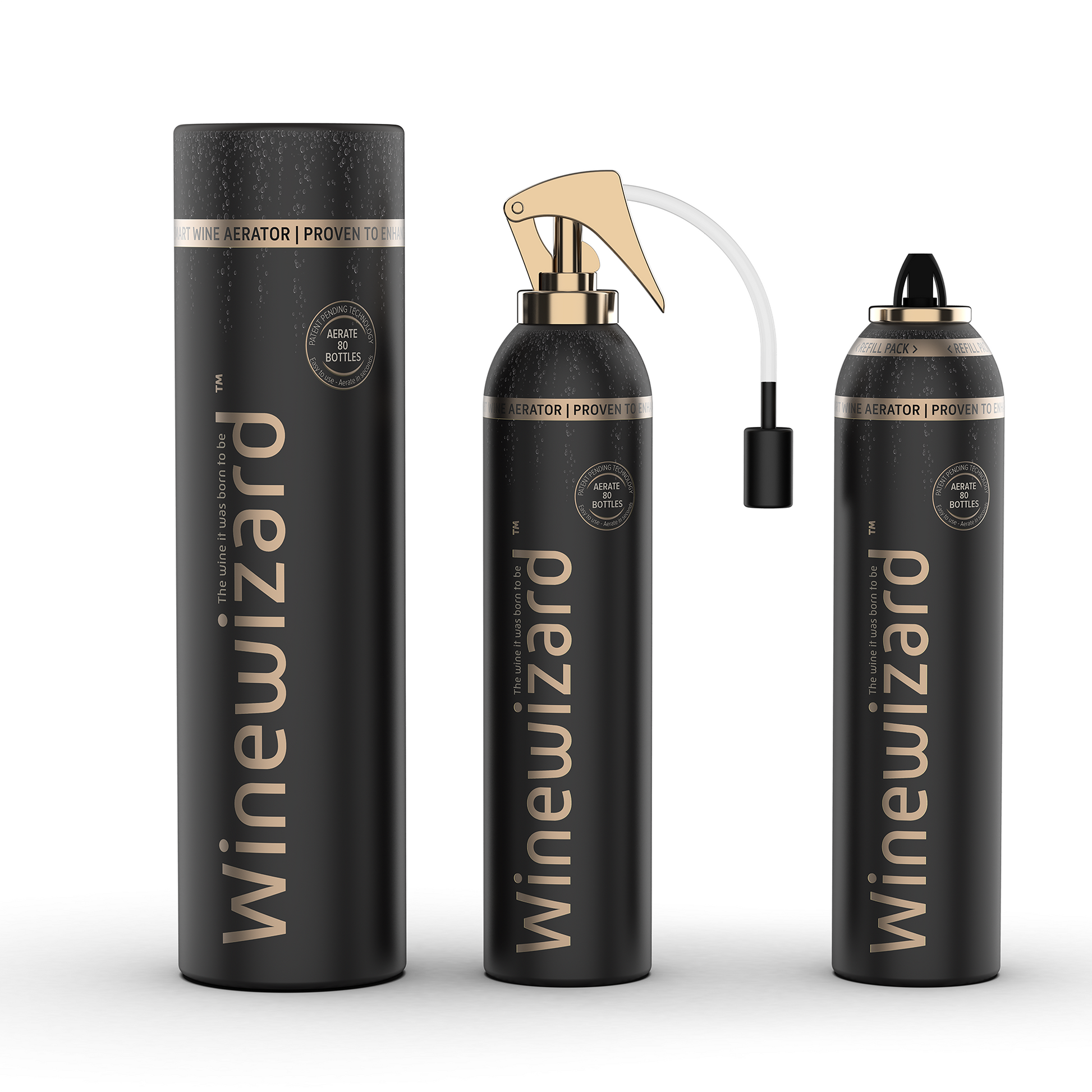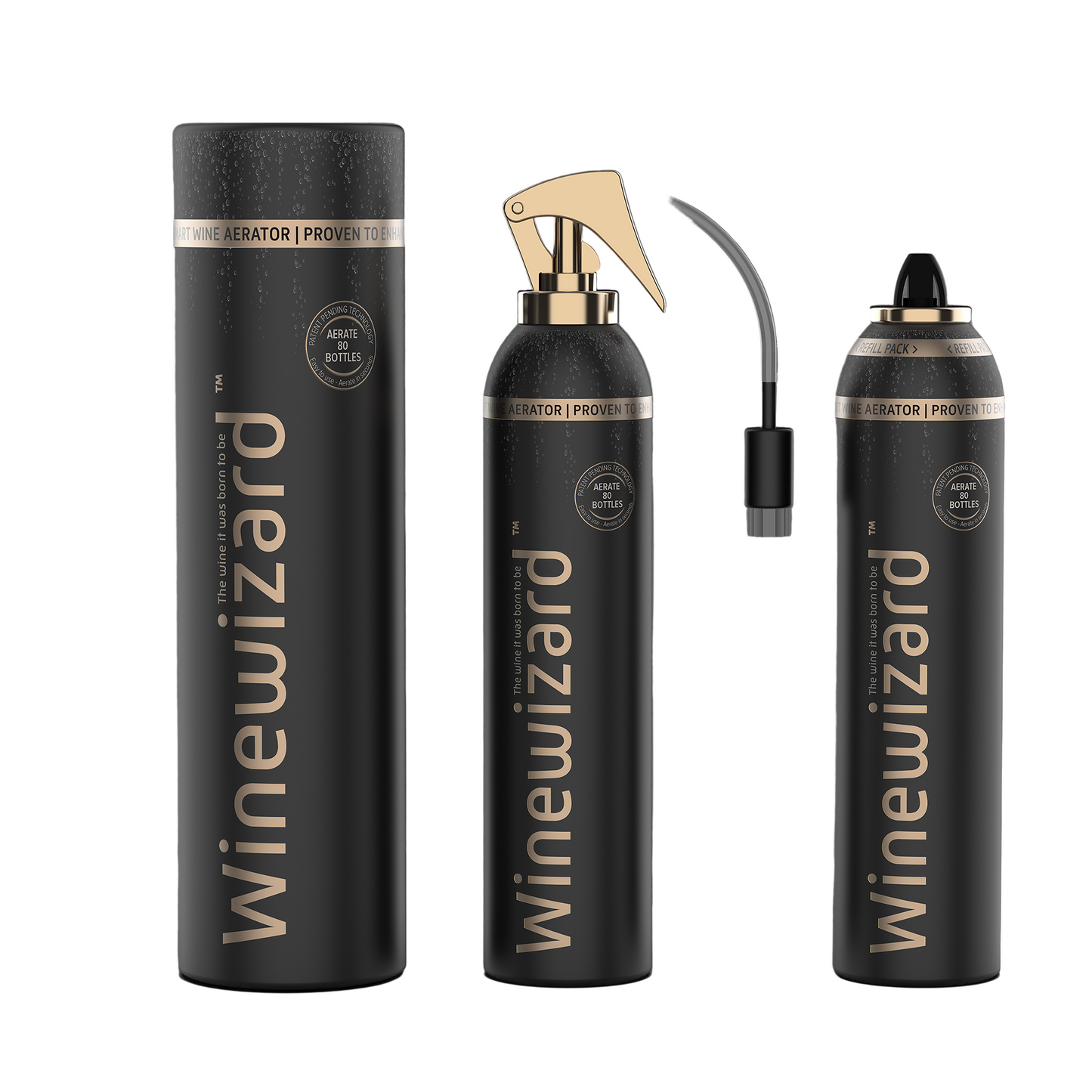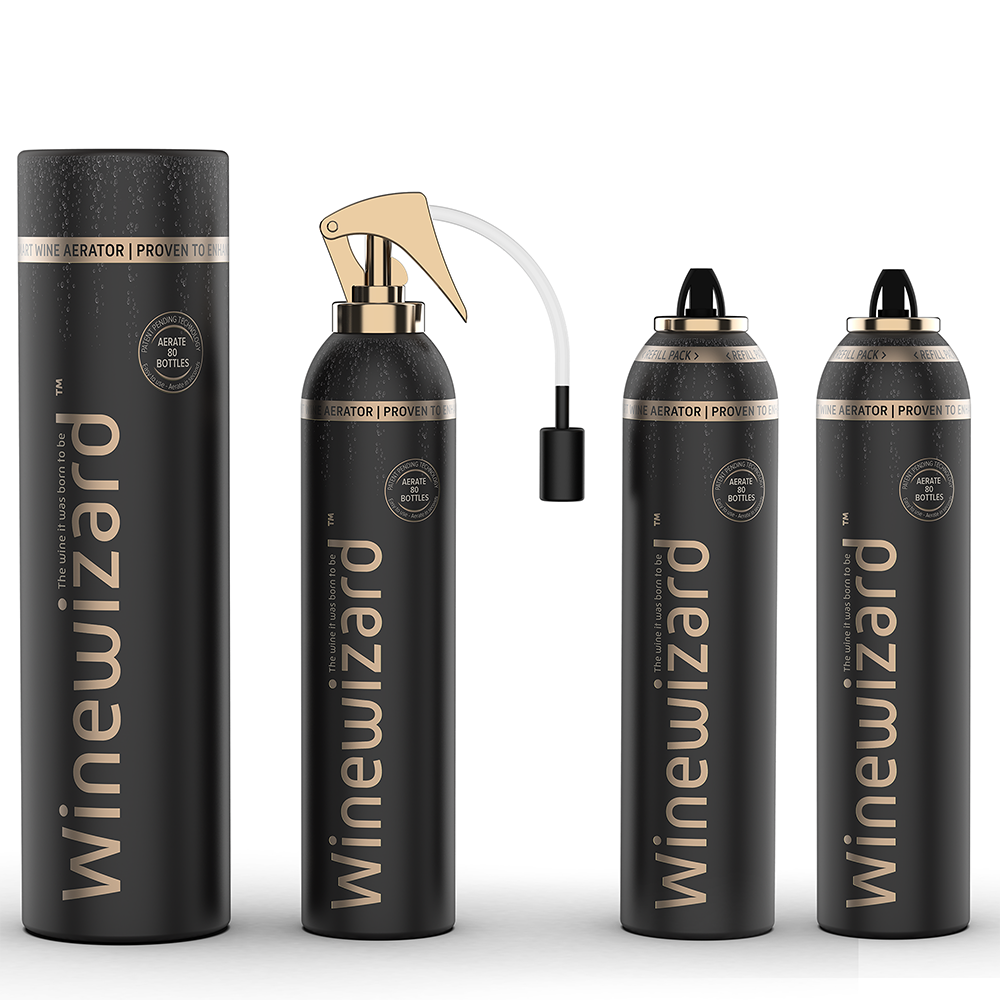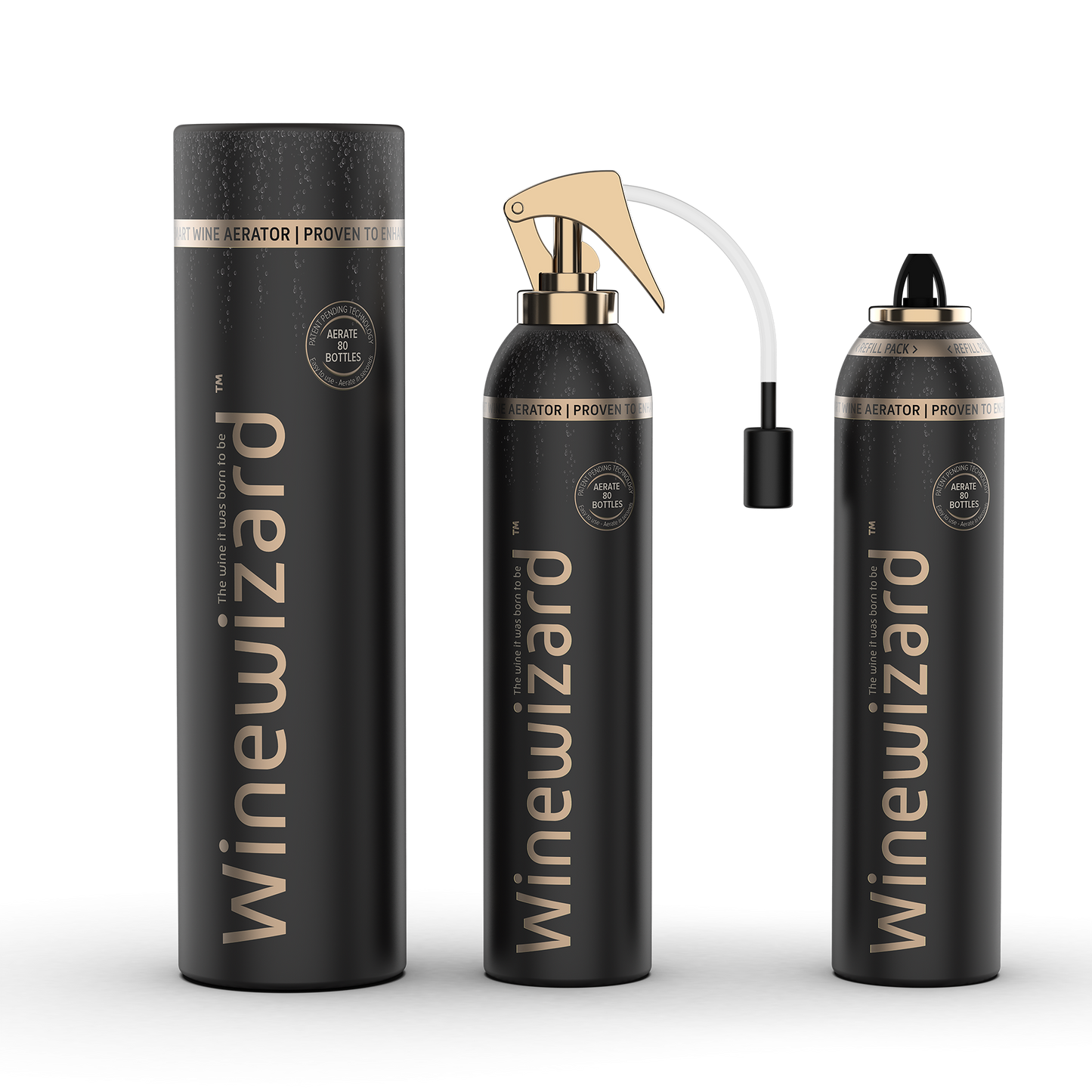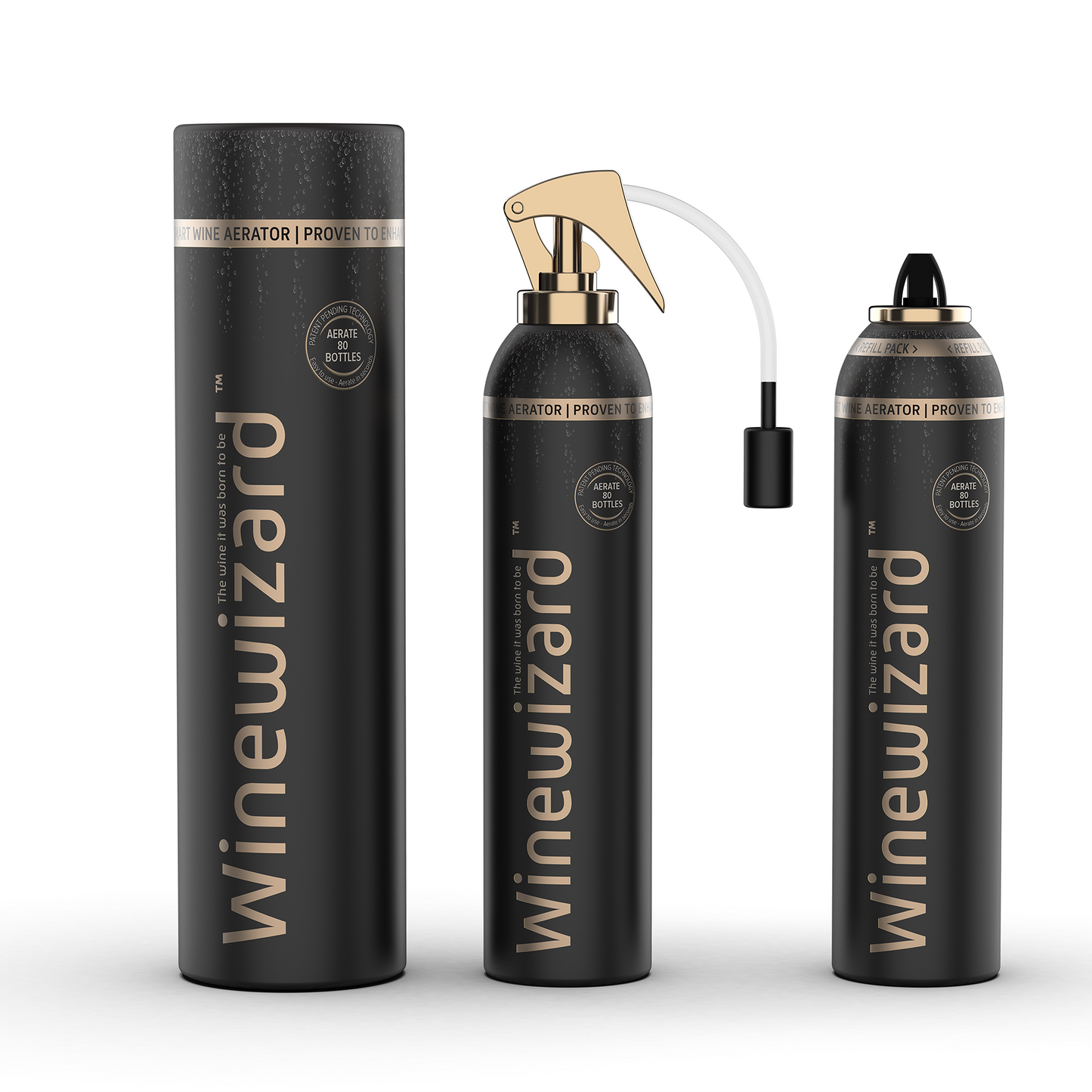In the world of winemaking, terroir—the unique combination of soil, climate, and environment—plays a defining role in the flavor and character of wine. While factors such as sunlight, rainfall, and soil composition are well understood, an often-overlooked component of terroir lies beneath the surface: **mycorrhizal fungi**. These underground allies create a complex web of life that not only enhances vine health but also connects vineyards with the surrounding forest, fostering a dynamic ecological relationship.
What Are Mycorrhizal Fungi?
Mycorrhizal fungi are beneficial microorganisms that form symbiotic relationships with plant roots, including those of grapevines. These fungi attach to root systems, extending their own thread-like structures (hyphae) into the soil, increasing the vine’s ability to absorb water and nutrients, particularly phosphorus and nitrogen. In return, the grapevine supplies the fungi with carbohydrates produced through photosynthesis. This partnership has profound effects on vine health, resilience, and grape quality.
How Vineyards Benefit from Mycorrhizal Fungi
- Enhanced Nutrient Absorption: Mycorrhizal fungi increase the effective root surface area of grapevines, allowing them to access more water and minerals from the soil, especially in nutrient-poor conditions.
- Drought Resistance: These fungi improve the vines’ ability to withstand dry periods by extending their reach deep into the soil, helping vines survive and thrive even in arid climates.
- Disease Protection: By colonising vine roots, mycorrhizal fungi create a protective barrier that helps defend against soil-borne pathogens and other harmful microbes.
- Improved Grape Quality: The increased access to nutrients translates into better-balanced vine growth and more complex grape composition, ultimately enhancing wine flavours.
The Role of Adjacent Forests in Vineyard Health
A vineyard’s connection to nearby forests plays a crucial role in maintaining and replenishing mycorrhizal networks. The trees in these forests host diverse fungal species that can spread into vineyard soil, influencing the microbial community and contributing to vine health.
-
Mycorrhizal Exchange Between Trees and Vines
Research suggests that underground fungal networks, sometimes referred to as the "Wood Wide Web", allow trees and vines to exchange nutrients and microbial allies. These connections help vineyards maintain fungal diversity, which is essential for long-term sustainability. -
Soil Enrichment and Organic Matter
Forests contribute a steady supply of decomposing organic matter, which enriches the soil with essential nutrients and beneficial microbes. This natural soil amendment can enhance the fertility of vineyard land and improve soil structure. -
Climate Buffering and Biodiversity
The presence of adjacent forests can create a more stable microclimate by reducing temperature extremes and protecting vines from strong winds. Additionally, forests promote biodiversity, encouraging the presence of beneficial insects and microorganisms that contribute to vineyard health.
Challenges of Vineyard-Forest Interactions
- While the benefits of a vineyard’s proximity to a forest are significant, there are also potential challenges:
- Resource Competition: Trees and vines may compete for water and nutrients, particularly in dry regions.
- Disease Transmission: Some forest fungi could introduce pathogens harmful to grapevines if not properly managed.
- Shade and Overgrowth: Trees can cast excessive shade over vines, potentially reducing sunlight exposure and grape ripening.
Sustainable Practices for Enhancing Vineyard-Mycorrhizal-Forest Relationships
To maximize the benefits of mycorrhizal fungi and nearby forests while mitigating potential drawbacks, vineyard managers can adopt several sustainable practices:
Encourage Mycorrhizal Diversity: Avoid over-tilling and excessive fungicide use, as these practices can disrupt fungal networks.
Maintain Forest Buffer Zones: Leaving strips of natural vegetation between vineyards and forests can help balance resource use and prevent disease spread.
Incorporate Cover Crops: Planting cover crops such as clover or wildflowers can enhance fungal diversity and soil health.
Use Compost and Mulch: Organic amendments support microbial life and improve nutrient cycling in vineyard soils.
The relationship between mycorrhizal fungi, vineyards, and adjacent forests is a hidden yet vital aspect of sustainable viticulture. By fostering these underground partnerships, vineyards can enhance vine health, improve grape quality, and contribute to the unique terroir that makes wines distinctive. Understanding and managing this natural connection not only benefits winegrowers but also supports the broader ecosystem, ensuring that vineyards remain productive and resilient for generations to come.





